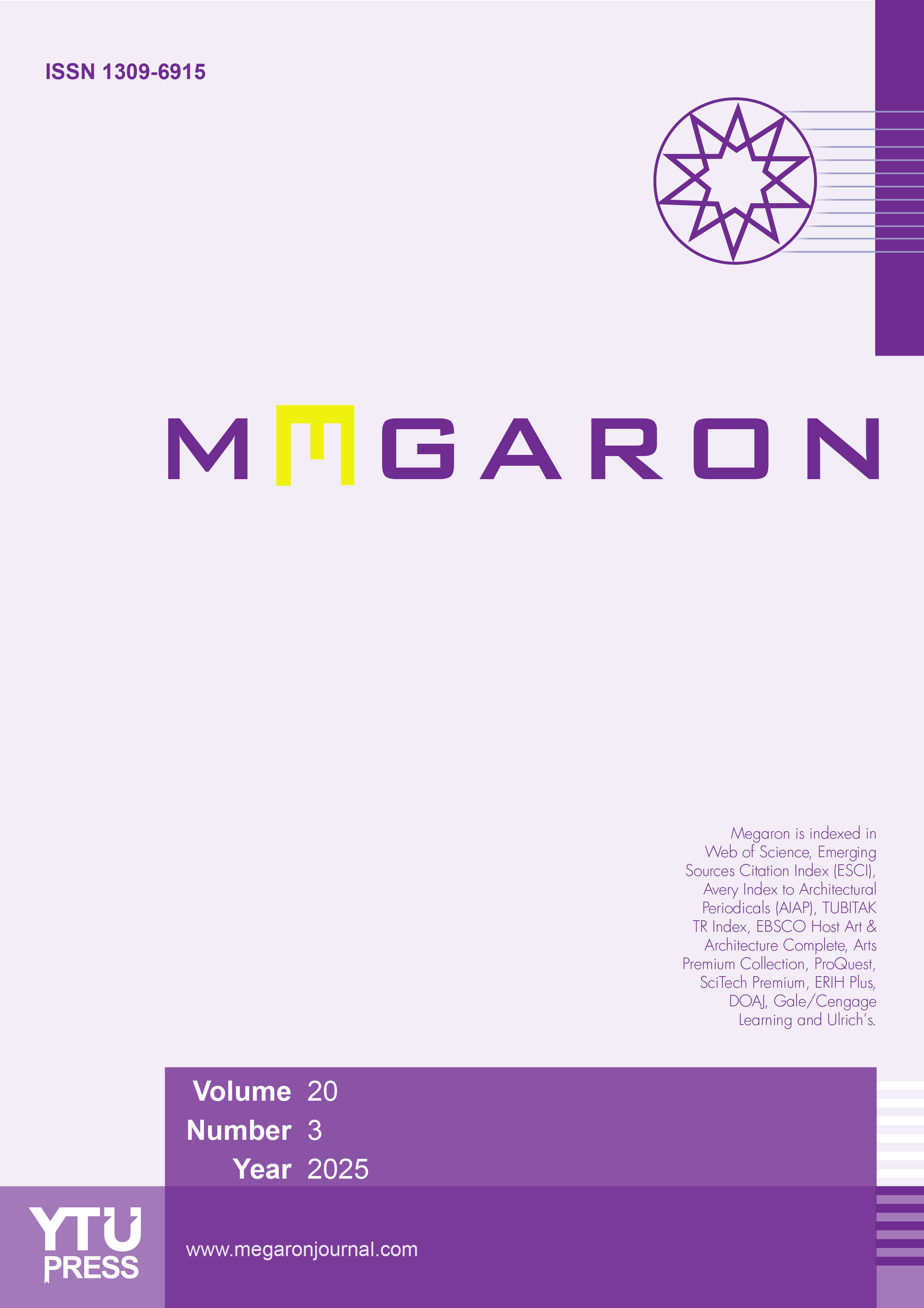The Process of Transformation in Loft Housing Typology: An Analysis of the Loft Concept in Turkey: The Levent Loft Project
Ali Devrim IşıkkayaBahcesehir University, Faculty Of Architecture And DesignIn the developed world, one outcome of the second industrial revolution and its transformations in the use of natural resources, cheap labour, social and economic standards of living, and modes of commodity transfer, was the relocation of larger heavy industries to the periphery of cities. What remained in many of these cities as a result of this forced movement was what we might call industrial heritage, large sites made up of vast buildings, warehouses, offices and harbour docks which had outlived their original function. By the last quarter of the 20th century, these structures were being taken in hand and redeveloped for new use as housing. Originating as they did in industry, the majority of these buildings had several structural features in common: open floor plans, high ceilings, large windows and strictly functional interiors and exteriors. The first examples of such places being taken over for residential purposes was in the Soho district of Manhattan in New York. Often informally initiated by artists or as alternative solutions to the problem of homelessness, the transformation here began with low-budget individual enterprises. These constituted only a marginal element of the housing industry and were the first generation of what came to be called loft conversions. By the close of the century, however, this generation had given way to the second, in which loft conversions became a popular phenomenon of urban architectural culture in cities all over the developed world. By this time, the conversions were architect-designed projects being marketed to high-income white-collar urbanites in search of a distinctive style of living. As a unique example of such a second-generation project undertaken in Turkey, the Levent Loft Project on Büyükdere Boulevard in Istanbul is worthy of study both in terms of its own historical development and residential profile, and the general culture of loft living, development of its typology, and urban housing rituals.
Keywords: Industrial heritage, housing culture; housing typology; loft concept; transformation of space.
Loft Tipi Konutların Başkalaşım Süreci Bağlamında Türkiye’de Loft Kavramının Analizi: Levent Loft Örneği
Ali Devrim IşıkkayaBahçeşehir Üniversitesi Mimarlık Ve Tasarım Fakültesi, İstanbulÖzellikle ikinci büyük endüstri devrimi ile birlikte, hammadde kaynakları, ucuz iş gücü, sosyal ve ekonomik hayat koşulları, mal transfer biçimleri ile birlikte, Avrupa ve ABD gibi gelişmiş coğrafya büyük kentlerinde kent içi konumlanmış liman, endüstri işletmeleri ve depolar kentin periferilerine ötelenmişler, söz konusu büyük yer değiştirmeler sonunda, bir tür endüstri mirası olarak kabul edilebilecek, işlevsiz kalmış tüm liman ve ağır sanayi bina ya da binaları, 20. yüzyılın son çeyreği itibariyle yeniden değerlendirilmek üzere ele alınmaktadır. Serbest planlı, yüksek tavanlı, büyük pencereleri ve çıplak strüktürlü söz konu endüstriyel kimlikli mekanlar, çalışma ve barınma amaçlı, kayıt dışı olarak öncelikle sanatçılar ve evsizler tarafından, ilk olarak New York kenti, Manhattan Soho bölgesinde düşük bütçeli kişisel girişimler ile dönüştürülmüş ve kullanılmıştır. Marjinal bir konut kültürünün ürünü birinci jenerasyon loft konut olarak adlandırılabilecek bu örnekler, yüzyıl bitiminde yerlerini, bir tür kültürel, kentsel, mimari fenomen olarak nitelendirilen, mimarlar tarafından beyaz yakalı, yüksek profilli kent soylular için tasarlanmış ikinci jenerasyon loft konutlara terk etmişlerdir. Bu bağlamda, ikinci jenerasyon loft konut konseptine dahil edilebilecek, Maslak Büyükdere Caddesi yanında yer alan Levent Loft Projesi, İstanbul’da ve Türkiye’de ilk loft deneyimi olması, loft yaşam kültürü, tarihi gelişimi, tipolojik biçimlenişi, kentli barınma ritüelleri ve konut ve konut sahibinin profil biçimlenmesi açısından irdelenecek son derece önemli, tekil bir örnektir.
Anahtar Kelimeler: Endüstriyel miras, konut kültürü; konut tipolojisi; Loft konsepti; mekansal başkalaşım.
Manuscript Language: Turkish








